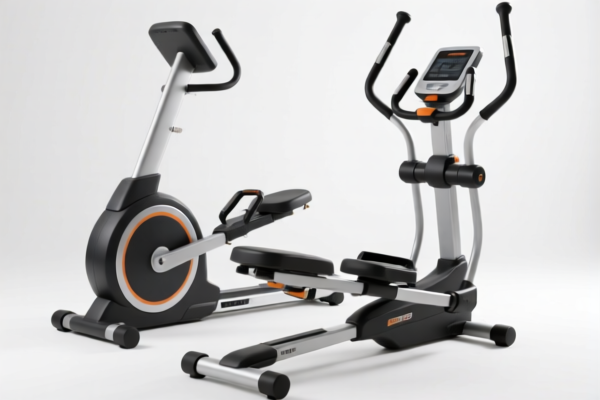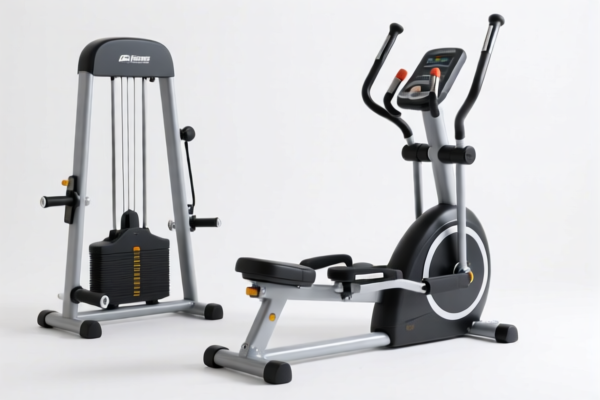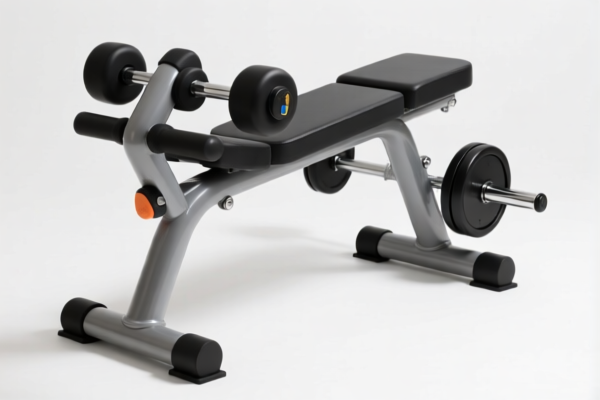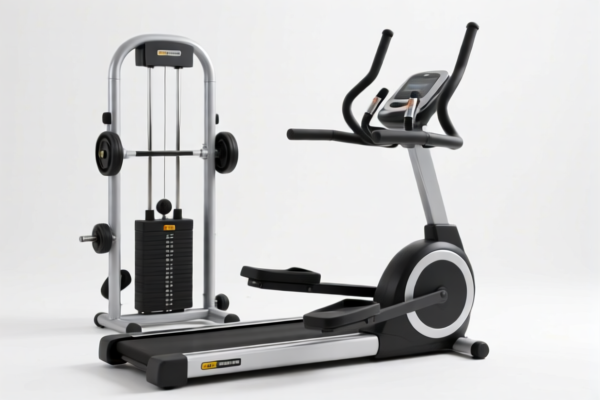| HS Code | Official Doc | Tariff Rate | Origin | Destination | Effective Date |
|---|---|---|---|---|---|
| 8708501110 | Doc | 55.0% | CN | US | 2025-05-12 |
| 8709900010 | Doc | 55.0% | CN | US | 2025-05-12 |
| 8709900020 | Doc | 55.0% | CN | US | 2025-05-12 |
| 7326908605 | Doc | 82.9% | CN | US | 2025-05-12 |
| 7326908676 | Doc | 82.9% | CN | US | 2025-05-12 |




Running Gear
Running gear encompasses the clothing, footwear, and accessories utilized by individuals participating in the activity of running. The specific items and their characteristics vary based on factors such as distance, terrain, weather conditions, and individual preferences.
Materials
- Synthetic Fabrics: Predominantly polyester, nylon, and spandex are used for their moisture-wicking properties, breathability, and durability. These fabrics help to keep the runner dry and comfortable by drawing sweat away from the skin.
- Merino Wool: A natural fiber valued for its temperature regulation, odor resistance, and comfort. Often used in socks and base layers.
- Spandex/Elastane: Provides stretch and flexibility in clothing, enhancing freedom of movement.
- Mesh: Incorporated into clothing and footwear for ventilation.
- Rubber/Foam: Used in shoe soles for cushioning and traction. Common compounds include EVA (ethylene-vinyl acetate) and TPU (thermoplastic polyurethane).
- Carbon Fiber: Increasingly used in shoe midsoles for lightweight responsiveness and energy return.
Purpose & Function
The primary purpose of running gear is to enhance performance, prevent injury, and provide comfort during running. Key functions include:
- Moisture Management: Wicking sweat away from the body to prevent chafing and maintain a comfortable body temperature.
- Temperature Regulation: Providing insulation in cold weather and ventilation in warm weather.
- Impact Absorption: Cushioning the feet and joints to reduce stress during impact.
- Support & Stability: Providing support to the feet and ankles to prevent injuries.
- Visibility: Enhancing visibility in low-light conditions.
- Protection: Shielding the runner from the elements (sun, wind, rain).
Usage Scenarios
Running gear selection is highly dependent on the specific running scenario:
- Road Running: Focuses on cushioning, support, and lightweight design.
- Trail Running: Requires more aggressive traction, stability, and protection from rocks and roots.
- Track Running: Emphasizes lightweight design and responsiveness for speed.
- Long-Distance Running: Prioritizes comfort, durability, and hydration capabilities.
- Cold Weather Running: Requires layers for insulation and protection from the elements.
- Warm Weather Running: Focuses on breathability and moisture management.
Common Types
- Running Shoes: The most critical piece of gear. Subcategories include:
- Neutral Shoes: For runners with a neutral gait.
- Stability Shoes: For runners who overpronate (feet roll inward).
- Motion Control Shoes: For runners with severe overpronation.
- Trail Running Shoes: With aggressive outsoles for off-road terrain.
- Racing Flats: Lightweight shoes for fast-paced running.
- Running Shorts: Designed for freedom of movement and moisture management.
- Running Tights/Leggings: Provide support and compression.
- Running Shirts: Moisture-wicking and breathable.
- Running Socks: Designed to prevent blisters and provide cushioning.
- Running Jackets: Provide protection from the elements.
- Running Hats/Visors: Provide sun protection and keep sweat out of the eyes.
- Running Gloves/Mittens: Provide warmth in cold weather.
- Running Hydration Packs/Belts: Carry water and other essentials.
- Running Watches: Track distance, pace, heart rate, and other metrics.
- Headlamps/Reflective Gear: Enhance visibility in low-light conditions.
- Compression Gear: Improve blood flow and reduce muscle fatigue.
The term "running gear" broadly refers to components involved in the movement of vehicles. Based on the provided reference material, the following HS codes may be relevant:
-
8708.50.11.10: This HS code covers parts and accessories of motor vehicles (headings 8701 to 8705), specifically drive-axles with differential, whether or not provided with other transmission components, and non-driving axles; parts thereof, for tractors (except road tractors) suitable for agricultural use. This includes drive axles with differentials.
- 87: Chapter – Vehicles and their parts and accessories.
- 08: Heading – Parts and accessories of motor vehicles.
- 50: Subheading – Drive-axles with differential, whether or not provided with other transmission components, and non-driving axles.
- 11: Further breakdown – For tractors (except road tractors) suitable for agricultural use.
- 10: Specific code.
- Tax Rate: Base tariff: 0.0%, Additional tariff: 25.0%, Additional tariff after 2025.4.2: 30%, Total tariff: 55.0%.
-
8709.90.00.10: This HS code covers parts of works trucks, self-propelled, not fitted with lifting or handling equipment, used in factories, warehouses, dock areas, or airports for short-distance transport of goods; tractors used on railway station platforms. Specifically, it refers to road wheels.
- 87: Chapter – Vehicles and their parts and accessories.
- 09: Heading – Parts and accessories of works trucks.
- 90: Subheading – Parts.
- 00: Further breakdown – Other.
- 10: Specific code.
- Tax Rate: Base tariff: 0.0%, Additional tariff: 25.0%, Additional tariff after 2025.4.2: 30%, Total tariff: 55.0%.
-
8709.90.00.20: This HS code also covers parts of works trucks, self-propelled, not fitted with lifting or handling equipment, used in factories, warehouses, dock areas, or airports for short-distance transport of goods; tractors used on railway station platforms. Specifically, it refers to wheel and tire assemblies.
- 87: Chapter – Vehicles and their parts and accessories.
- 09: Heading – Parts and accessories of works trucks.
- 90: Subheading – Parts.
- 00: Further breakdown – Other.
- 20: Specific code.
- Tax Rate: Base tariff: 0.0%, Additional tariff: 25.0%, Additional tariff after 2025.4.2: 30%, Total tariff: 55.0%.
Customer Reviews
No reviews yet.